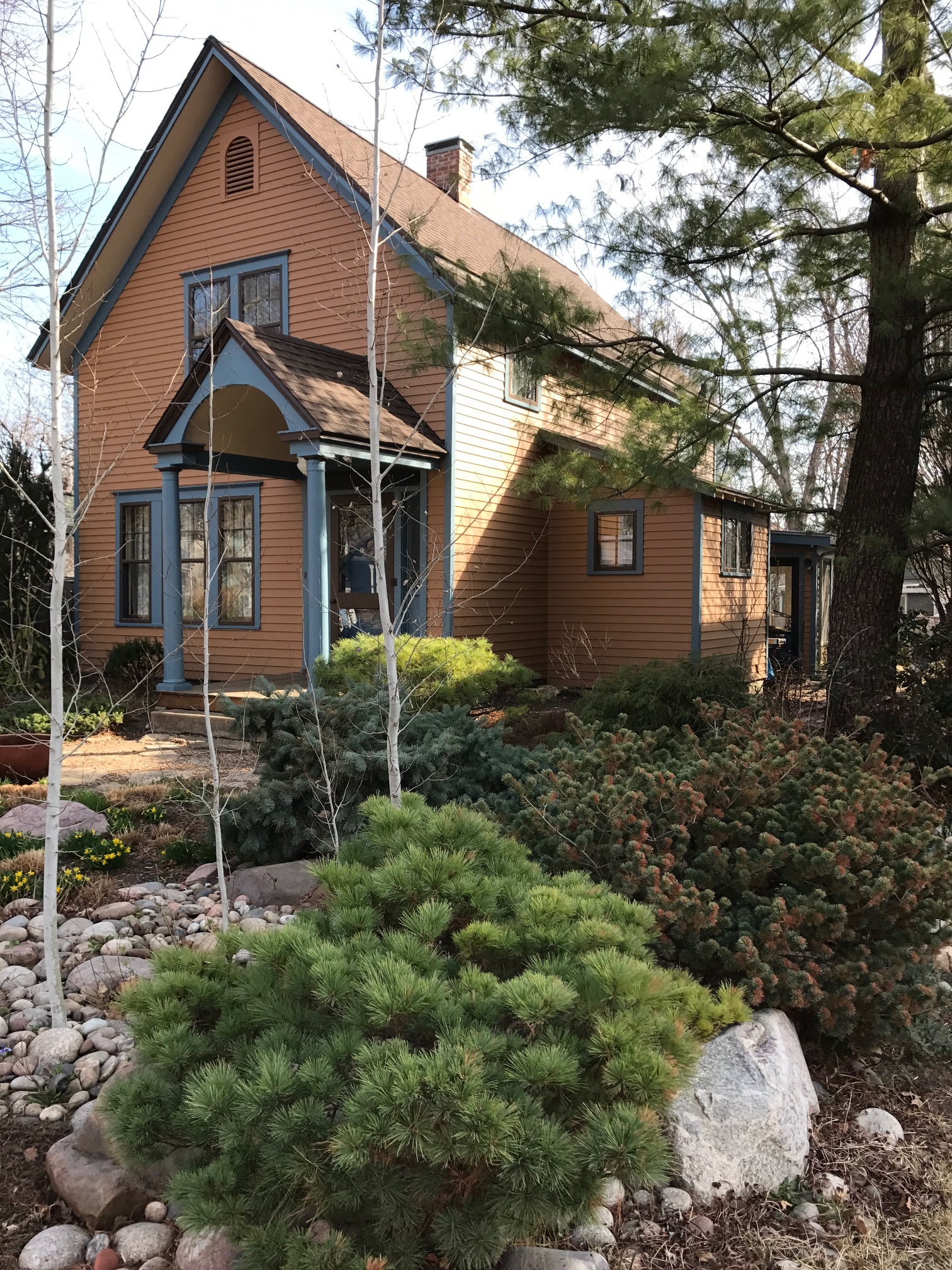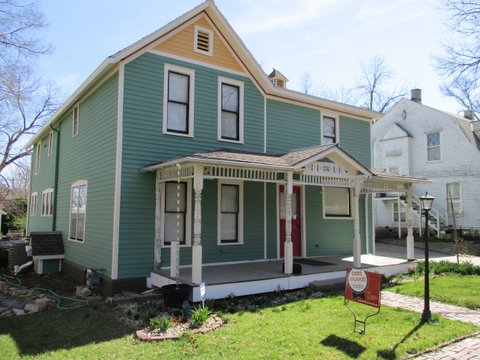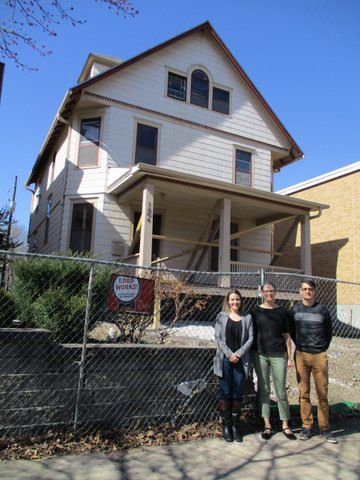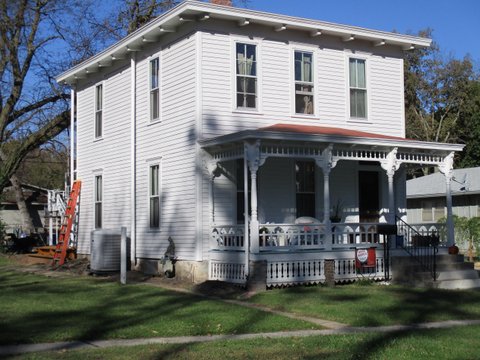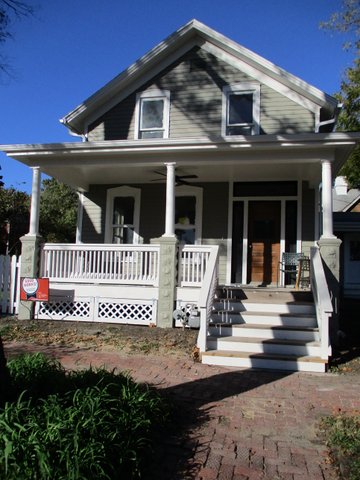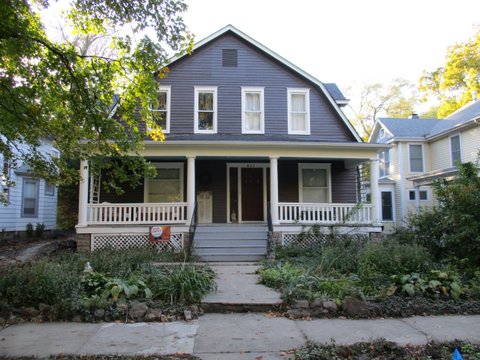Lawrence Preservation Alliance- CONFLICT OF INTEREST POLICY
ARTICLE I - PURPOSES
It is important for Lawrence Preservation Alliance (LPA) directors and officers to be aware that both real and apparent conflicts of interest may occur in the course of conducting the affairs of the LPA. The purpose of the conflict of interest policy is to protect the LPA’s tax-exempt status and public interest when it is contemplating entering into a transaction or arrangement that might benefit the private interest of an officer or director of LPA. The policy is intended to supplement but not replace any applicable state and federal laws governing conflict of interest applicable to nonprofit and charitable organizations.
Conflicts are undesirable because they potentially or eventually place the interests of others ahead of LPA’s obligations to its charitable purposes and to the public interest. Each member of the board of directors of the LPA has a duty of loyalty to LPA. The duty of loyalty requires a director to prefer the interests of the LPA over the director’s interest or the interests of others.
In connection with any actual or possible conflict of interest, an interested person must disclose the existence of the financial interest and be given the opportunity to disclose all material facts to the directors considering the proposed transaction or arrangement.
ARTICLE II - DEFINITIONS
2.1 Interested Person
Any director, principal officer, or member of a committee with board of directors’ delegated powers, who has a direct or indirect financial interest, as defined below, is an interested person.
2.2 Financial Interest
A person has a financial interest if the person has, directly or indirectly, thorough business, investment, or family:
(a) An ownership or investment interest in any entity with which LPA has a transaction or arrangement,
(b) A compensation arrangement with LPA or with any entity or individual with which LPA has a transaction or arrangement, or
(c) A potential ownership or investment interest in, or compensation arrangement with, any entity or individual with which LPA is negotiating a transaction or
arrangement. Compensation includes direct and indirect remuneration as well as gifts or favors that are not insubstantial.
ARTICLE III - PROCEDURES
3.1 Duty to Disclose
In connection with any actual or possible conflict of interest, an interested person must disclose the existence of the financial interest and be given the opportunity to disclose all material facts to the directors and members of committees with board of directors’ delegated powers considering the proposed transaction or arrangement.
3.2 Determining Whether a Conflict of Interest Exists
After disclosure of the financial interest and all material facts, and after any discussion with the interested person, he/she shall leave the board of directors or committee meeting while the determination of a conflict of interest is discussed and voted upon. The remaining board or committee members shall determine if a conflict of interest exists.
3.3 Procedures for Addressing the Conflict of Interest
(a) An interested person may make a presentation at the board of directors or committee meeting, but after the presentation, he/she shall leave the meeting
during the discussion of, and the vote on, the transaction or arrangement involving the possible conflict of interest.
(b) The chairperson of the board of directors or committee shall, if appropriate, appoint a disinterested person or committee to investigate alternatives to the
proposed transaction or arrangement.
(c) After exercising due diligence, the board of directors or committee shall determine whether LPA can obtain with reasonable efforts a more advantageous
transaction or arrangement from a person or entity that would not give rise to a conflict of interest. Due diligence may include receiving multiple bids for the
same work. In the case of an insubstantial difference between the costs proposed by a director or officer and that of an outside party for the same quality of
work the preference shall be to award the contract to the outside party.
(d) If a more advantageous transaction or arrangement is not reasonably possible under circumstances not producing a conflict of interest, the board of directors
or committee shall present the transaction or arrangement to the full board of LPA with the interested person not present for the presentation, discussion and
vote. A determination as to whether the transaction or arrangement is in LPA’s best interest, for its own benefit, and whether it is fair and reasonable will be made
by a majority vote of the disinterested directors and will be recorded in the minutes of the meeting.
ARTICLE IV - RECORDS OF PROCEEDINGS
4.1 Minutes
The minutes of the board of directors and all committees with board delegated powers shall contain:
(a) The names of the persons who disclosed or otherwise were found to have a financial interest in connection with an actual or possible conflict of interest, the
nature of the financial interest, any action taken to determine whether a conflict of interest was present, and the board of directors committee’s decision as to
whether a conflict of interest in fact existed.
(b) The names of the persons who were present for discussions and votes relating to the transaction or arrangement, the content of the discussion, including
any alternatives to the proposed transaction or arrangement, and a record of any votes taken in connection with the proceedings.
CERTIFICATE OF ADOPTION OF CONFLICT OF INTEREST POLICY
I do hereby certify that the above stated Conflict of Interest Policy for Lawrence Preservation Alliance was approved and adopted by the board of directors on _________, _____________ , 2016 and constitute a complete copy of the Conflict of Interest Policy of LPA.
Secretary_______________
Date: ________________

